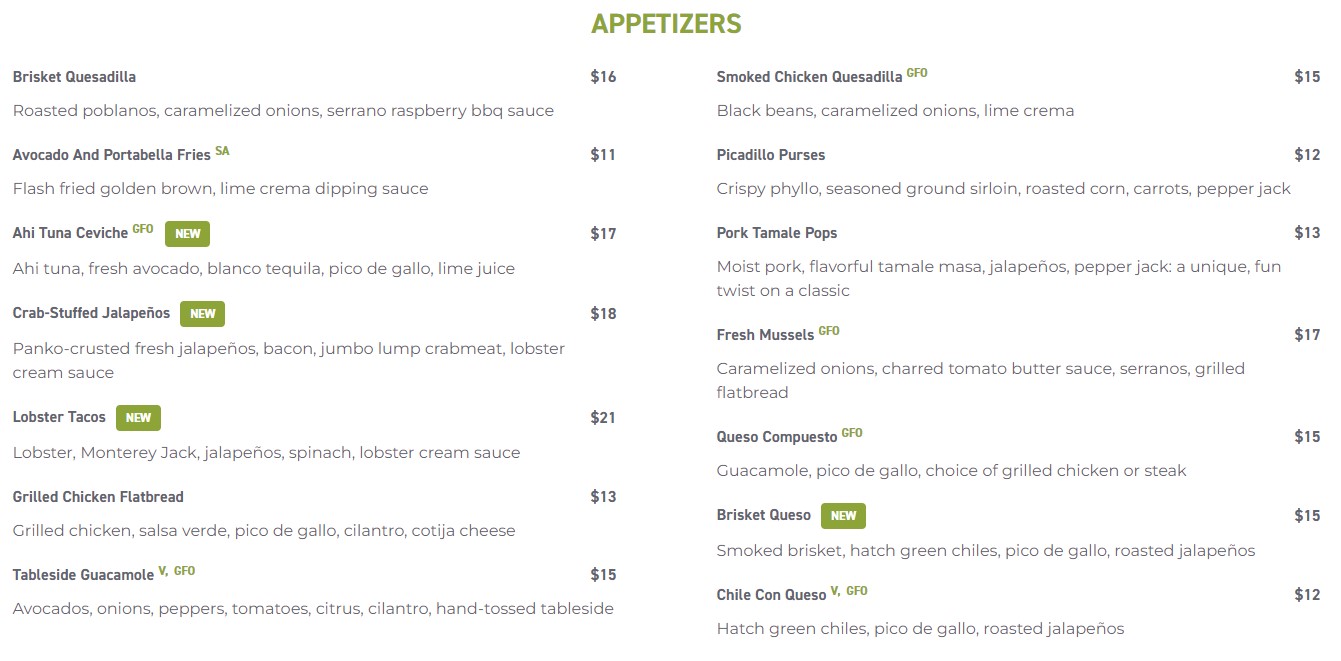A restaurant’s menu is more than just a list of dishes—it’s the heart of the dining experience, a reflection of the establishment’s personality, and a key factor in determining its success. Whether you run a small café or a large restaurant, offering a diverse lunch and dinner menu is crucial for attracting and retaining customers. In today’s competitive dining landscape, customers expect variety, creativity, and options that cater to their unique dietary preferences and tastes.
Here’s why having a diverse menu matters and how it can benefit your restaurant in multiple ways.
1. Catering to Different Dietary Preferences
One of the primary reasons for maintaining a diverse lunch and dinner menu is the need to cater to different dietary preferences and restrictions. In today’s world, diners are increasingly health-conscious and selective about their food choices. Some follow specific diets like vegetarian, vegan, gluten-free, or keto, while others may have food allergies or simply prefer healthier options.
By offering a variety of dishes that accommodate different dietary needs, you ensure that your restaurant appeals to a broad audience. When customers know they can rely on your restaurant to offer meals that meet their dietary preferences, they are more likely to return. A diverse menu also reduces the chance of excluding potential customers who may struggle to find suitable options elsewhere.
2. Appealing to a Broader Audience
A diverse menu not only caters to different dietary preferences but also appeals to a wide range of tastes and age groups. Whether you have food enthusiasts looking for bold flavors, families with kids seeking simple meals, or health-conscious diners searching for lighter options, variety ensures that everyone finds something that suits their palate.
The broader your menu, the more likely you are to attract a diverse group of diners. From comfort foods to innovative culinary creations, providing a selection of flavors and meal types helps your restaurant become a destination for various occasions—whether it’s a casual lunch, a family dinner, or a celebratory night out.
3. Encouraging Repeat Business
One of the biggest advantages of having a diverse lunch and dinner menu is its ability to encourage repeat business. When customers have a range of dishes to choose from, they’re more likely to come back to try something new each time. Offering variety not only keeps your menu exciting but also makes dining at your restaurant a repeatable experience without becoming monotonous.
Regular customers might want to revisit their favorite dishes, but they’ll also appreciate the opportunity to explore new menu items. This sense of discovery adds value to your restaurant experience and encourages customers to return for more.
4. Highlighting Seasonal Ingredients
A diverse menu allows you to take advantage of seasonal ingredients, which can enhance the quality and freshness of your dishes. Seasonal ingredients not only taste better but are often more affordable, making them an excellent choice for both your kitchen and your customers. Incorporating seasonal specials into your lunch and dinner menu keeps your offerings dynamic and gives your regulars something new to look forward to.
For example, using fresh, locally sourced produce in spring or autumn allows your chefs to create limited-time dishes that reflect the flavors of the season. Seasonal changes also help your restaurant remain relevant, as customers appreciate a menu that evolves with the times.
5. Showcasing Culinary Creativity
A diverse menu allows your chefs to showcase their creativity and culinary expertise. This is especially important for setting your restaurant apart from competitors. By offering unique, innovative dishes that go beyond the basics, you can establish a reputation for culinary excellence.
Chefs often appreciate the freedom to experiment with different cuisines, flavors, and cooking techniques, and a diverse menu provides the perfect platform for that experimentation. From fusion dishes to traditional favorites with a twist, showcasing creativity in the kitchen can enhance the overall dining experience and attract food enthusiasts who enjoy trying something new.
6. Accommodating Different Occasions and Dining Experiences
A diverse menu allows your restaurant to cater to different types of dining experiences. Whether customers are looking for a quick lunch, a light meal, or a hearty dinner, offering a variety of portion sizes, meal types, and pricing options ensures that you can accommodate various needs. This versatility also makes your restaurant a go-to spot for everything from casual lunches to formal dinners.
Offering smaller portions for lighter meals or children, alongside larger entrees for those seeking a hearty dinner, ensures that your restaurant can meet the diverse needs of its patrons. Providing a variety of choices helps create a welcoming environment that draws in customers for different occasions.
Conclusion: Why a Diverse Menu is Key to Success
In today’s competitive restaurant industry, having a diverse lunch and dinner menu is crucial for appealing to a wide range of customers, catering to different dietary needs, and ensuring repeat business. A varied menu keeps your offerings fresh and dynamic, allows you to highlight seasonal ingredients, and provides a platform for your chefs to showcase their creativity. This diversity not only keeps your customers satisfied but also helps build a loyal customer base over time.
At IRON CACTUS, we are committed to offering a diverse and delicious menu that appeals to every palate. Whether you’re in the mood for a classic Tex-Mex dish or something a little more adventurous, you’ll find it on our menu. Come dine with us and discover why IRON CACTUS is the perfect place for lunch or dinner—no matter what you’re craving!
